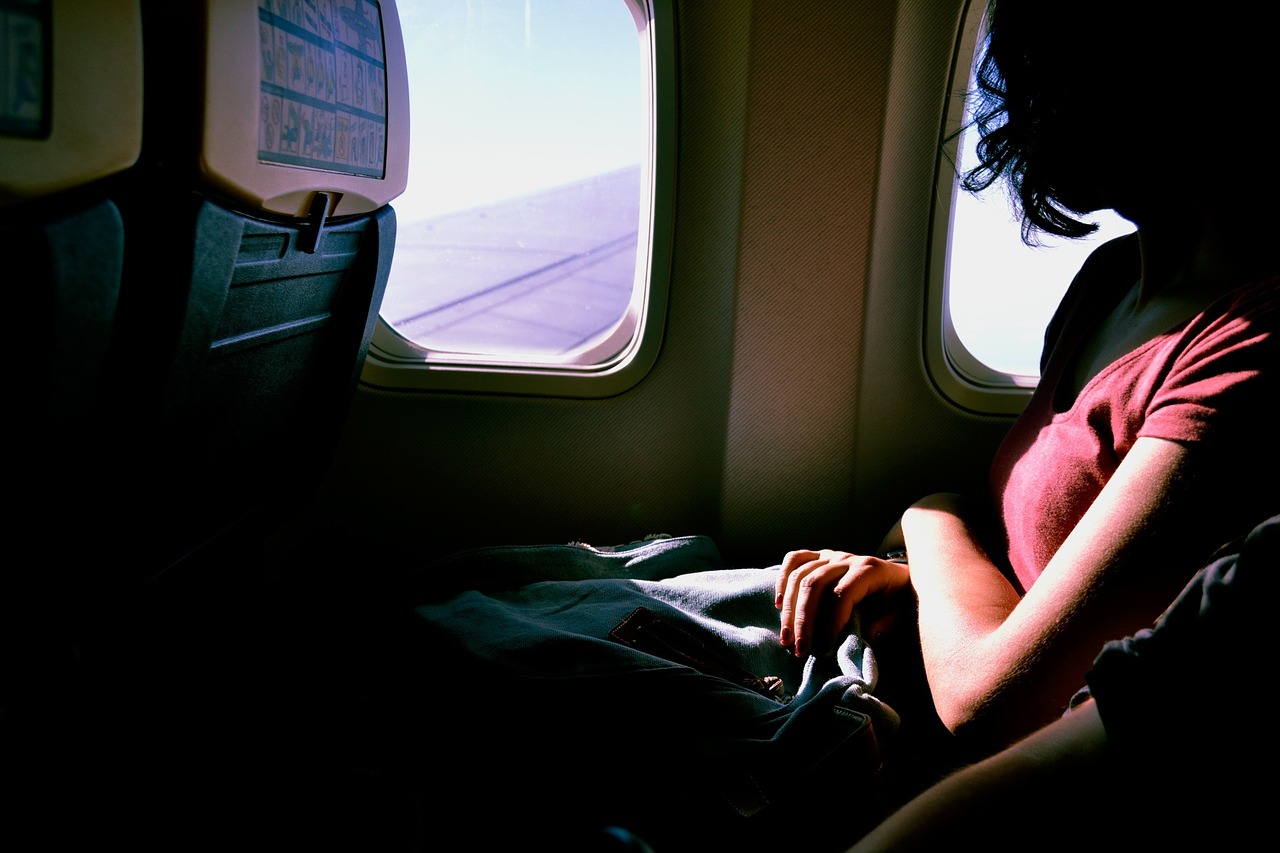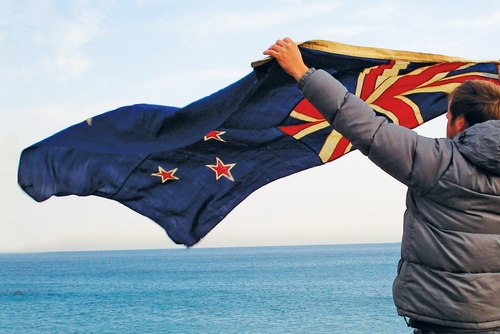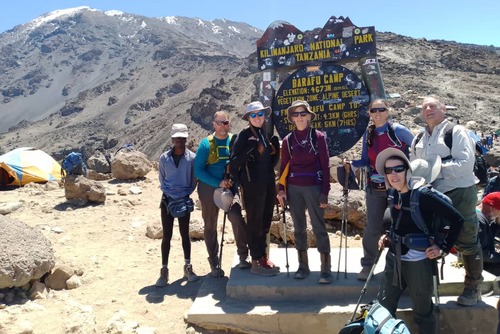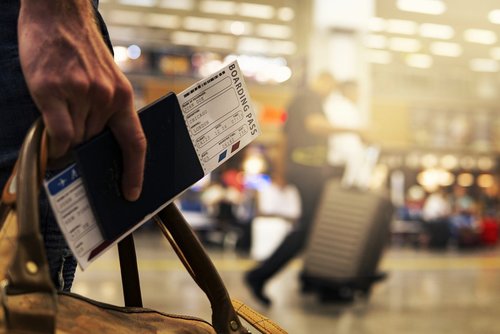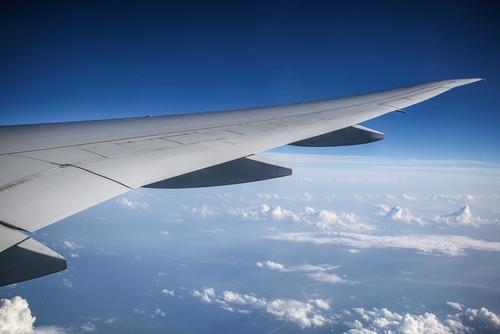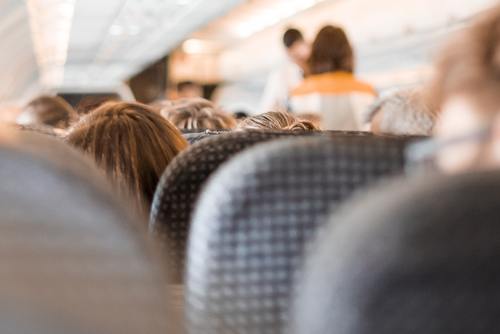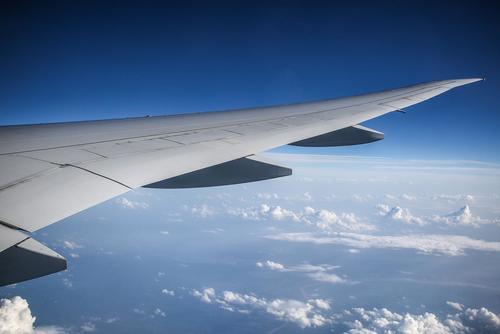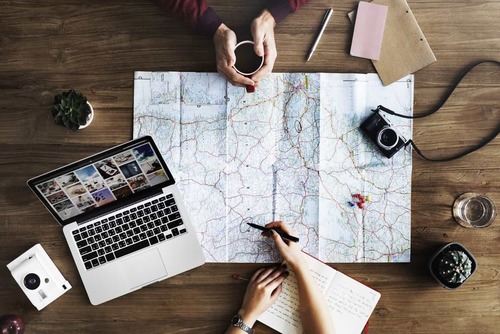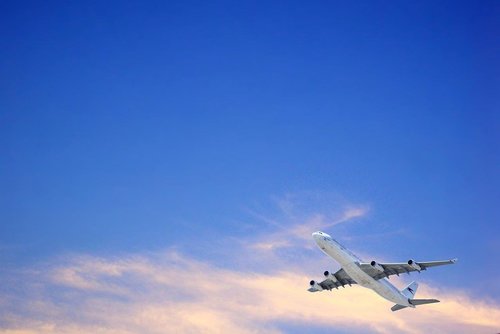People with untreated sleep apnea stop breathing repeatedly during their sleep, sometimes hundreds of times as the brain and the rest of the body might not be getting enough oxygen.
If you have had treatment for obstructive sleep apnea, you’ll probably have a CPAP machine. But this doesn’t mean your life will become more limited than it was before.
This is quite a common disorder and if you have been diaganosed, try not to worry too much as you can still experience the joy of traveling but you just need to make some preparations beforehand.
This article has the exact steps you need to make and some top recommendations for how travelling with sleep apnea can be made easier.
1. Talk to Your Airline Carrier in Advance
No matter how you get to the destination country, each carrier company has its own set of rules and regulations you must adhere to.
So, contact the carrier representative and ask them about the conditions of traveling with a CPAP machine. It is advisable to do this in advance, at least a week prior to the trip, so that you could make all the arrangements or buy additional supplies for your machine if it appears to be necessary.
Now, the good news for those traveling by plan is:
Since CPAP machines are considered a medical device, you can transport them as a separate item, regardless of the amount of luggage you already have.
“Many people like to use the apnea machine on a plane, as the air in the cabin is usually dry and the CPAP machine can moisturize it.”
Note that even if you don’t plan to use the device on board, it is still a good idea to take it as your carry-on baggage due to security reasons. Thus, it will be protected from possible damage during the flight. Plus, you won’t have to worry about your therapy in case your luggage gets lost or delayed.
2. Pack for Your Trip in Advance
Packing your sleep apnea machine requires some preparations in order to make its transportation safer:
Put the ‘medical equipment’ tag on it. This is optional, but better safe than sorry. Besides, if you’re traveling by plane, this tag will make the check-in procedure at the airport a little easier.
Drain the humidifier container. You can always fill it later, right before use. But when not using the device, you’d better leave the container empty to avoid any accidents.
Bring a transparent bag. Again, if you’re traveling by plane, you should know that the airport staff might want to scan your CPAP machine using the X-Ray conveyor. A clear plastic bag will prevent your device from getting dirty if this happens.
Backup yourself with some batteries. You never know if the outlet will be available during your trip. So, 1-2 extra batteries can come in handy.
“Choose a hard, impact-resistant case to transport your apnea device. Manufacturers of such cases often put the ‘medical equipment’ tag right on it, so you don’t have to worry about stickers.”
If you are a true travel devotee, you can also consider purchasing one of those travel CPAP machines. Typically, they don't have a humidifier section, so they are more compact and convenient to carry around. But all the other functions remain the same as of a regular machine.
3. Make a Checklist
In addition to preparing your CPAP machine for traveling, don't forget about the things that will facilitate its use at the destination country, such as:
- Adapter: Asia, Europe, America, and Britain use different types of outlets. Therefore, take care to find out which plug standard is used in the country you are going to and purchase the necessary adapter. Or, find a universal one.
- Cords: In addition to adapters, you also need to find out what voltage is used in the country of destination and select the appropriate cable. If you do not do this, you may have problems charging your device, or the wrong voltage will burn its components.
- Spare parts: Be sure to pack filters, tubes, cleaning kits, and other important details in your luggage. Thus, you will be sure that your device will not let you down thousands of miles from home, and if something happens to one of the parts, you will be able to fix or replace it quickly.
“You may also consider bringing an extension cord with you. This will allow you to plug your CPAP machine in the outlet no matter where it will be located in your hotel room.”
4 Copy Your Prescription and Always Have it With You
Having a prescription from your therapist that says you require the use of a CPAP machine may kill two birds with one stone:
If you do not have spare parts, or your device has suddenly failed to perform its functions, a prescription will allow you to get help at any specialized store.
It will also come in handy at the Lost and Found desk — at the railway station or airport — in case the luggage was lost or stolen.
5. Keep Your Sleep a Priority
Last but not least.
Traveling, especially by plane, and a change of time zones are often perceived as a stressful event by our body. And stress is one of the factors that can worsen sleep apnea.
You can follow these tips to minimize the negative impact of the new environment on your sleep:
- Use a sleep mask and earplugs: Yes, your hotel neighbors might be an intelligent elderly couple, but you never know. Besides, the hotel itself might be located in the center of the city with loud and bright nightlife. Therefore, ensure yourself proper isolation from annoying external factors, using a sleep mask and comfortable earplugs.
- Take care of your comfort: Hotel pillows can often be uncomfortable for people with apnea. However, you can help yourself if you get a small inflatable wedge pillow. It will help you sleep much more comfortably and will not take much space in your luggage when deflated.
- Do not overload yourself: It's totally understandable that you want to get maximum impressions from the vacation, but getting too excited can lead to fragmented and sensitive sleep. Thus, better explore the new place in a low-key way, enjoying tranquillity.
Hopefully these tips will help you give you the confidence to see you can still travel abroad. If you have sleep apnea and have any recommendations for other people leave feedback in the comments section below.

